While safety chains might not be necessary for most fifth-wheel setups, it’s crucial to know the specific laws and regulations that apply to your situation. Laws can vary by state, and knowing whether your fifth wheel falls under any particular mandate for safety chains is fundamental.
It’s important to note that they are generally not required. Fifth wheels utilize a kingpin hitching mechanism, similar to those found in commercial big rigs, which securely locks the RV in place. This type of hitch is considered sufficiently secure on its own, thereby negating the need for additional safety chains typically used in other towing setups. However, this is not the case regarding a gooseneck-style connection.
Understanding Fifth Wheels and Safety Regulations
When discussing towing and road safety for recreational vehicles, the use of safety chains is a critical component, especially for non-fifth wheel designs. Let’s examine the specific role of safety chains and the legalities governing their use with fifth wheels.
The Role of Safety Chains in Towing
Safety chains are a critical fallback for towed vehicles, ensuring that the trailer remains attached to the towing vehicle in case of hitch failure.
For fifth wheels, the primary connection is a kingpin-and-hitch system that secures the RV to the towing truck. Unlike other towables, fifth wheels generally rely on this secure connection, diminishing the need for safety chains under standard operations.
Legal Requirements for Safety Chains
State laws vary regarding towing safety. In many cases, traditional trailers require safety chains, but regulations often exempt fifth wheels due to their distinct hitching mechanism.
Where safety chains are mandated, they must have sufficient strength, matching or surpassing the total weight of the towed vehicle.
Fifth wheel owners must know state laws, as requirements can differ across state lines. The legal landscape evolves, and staying informed is key to both compliance and safety.
To immerse in the quintessential travel lifestyle with assurance, it’s advised to consult current regulations or a legal professional to clarify if any recent changes might affect your fifth wheel experience.
Components of Fifth Wheel Towing Mechanism
In discussing towing mechanisms for fifth wheels, it’s essential to differentiate between the hitching systems available and to understand the mechanics behind the kingpin and coupler that make up these systems.
Hitching Systems and Their Varieties
The primary apparatus used for towing a fifth wheel is the fifth wheel hitch, which is renowned for its stability and ease of maneuverability compared to other types.
A key variant within these systems is the gooseneck hitch, which is often employed for heavy-duty or agricultural purposes and offers a different connection style.
While fifth-wheel hitches rely on a horizontally flat plate with a pivoting mechanism, the gooseneck hitch connects via a ball located in the truck’s bed, allowing for more flexibility in movement. You’re more likely to see a chain on a gooseneck connection.
Understanding Kingpin and Coupler Mechanics
The kingpin is a critical component; it’s a steel pin that is part of the trailer and fits into the slot of the hitch on the truck. This setup creates a secure pivot point.
The coupler serves as the connecting piece that wraps around the kingpin to form a locked bond, ensuring the trailer to the towing vehicle.
The mechanics behind these components are precise; they must withstand significant force and provide a reliable connection to prevent the trailer from detaching during travel.
I must mention, whether opting for a travel trailer or a 5th wheel, the stability and security of your towing mechanism cannot be overlooked. This is a principal consideration in planning road trips to ensure safety and reliability.
Attachment and Detachment Procedures
Before towing your fifth wheel, knowing the right procedures for securing it to your towing vehicle is essential. This section outlines the steps to ensure that your fifth wheel is attached correctly and the role of safety chains and cables during transit.
Securing the Fifth Wheel to the Towing Vehicle
Attaching the fifth wheel hitch to the towing vehicle involves aligning the kingpin of the trailer with the latching mechanism of the hitch.
After this, I make sure the kingpin is properly seated into the hitch, which will typically result in an audible click or visual confirmation that the latching mechanism is locked. I check that all locking pins are engaged and the hitch release handle returns to the locked position.
Proper Use of Safety Chains and Cables
Although typically not required for a fifth-wheel setup—since the hitch system is designed similarly to that used by commercial trucks—certain situations or regional laws may necessitate the use of safety chains and cables.
In cases where I’m using a gooseneck adapter or where state law dictates, I ensure that each safety chain has a weight rating equal to or exceeding the gross trailer weight.
To attach safety chains, I cross them under the trailer’s coupler and secure them to the towing vehicle, leaving enough slack for turns.
Cables are similar, but offer a more streamlined design. It’s critical for me to always confirm that these components show no signs of wear or damage before use.
Maintenance and Inspection for Safety Assurance
I understand the significance of routine maintenance and thorough inspection in ensuring the safety of fifth wheels.
The focus of this section is to provide detailed guidance on how to maintain and inspect the hitch and safety components for a worry-free journey.
Regular Maintenance of Hitch and Safety Components
Preventative maintenance is key to ensuring the longevity and reliability of a fifth-wheel hitch. I make it a point to perform standard maintenance on my fifth wheel every 90 days or 50,000 miles, whichever comes first. This includes:
- Cleaning: Removing dirt and debris from moving parts to prevent wear.
- Lubrication: Applying grease to the hitch mechanism to facilitate smooth operation and protect against corrosion.
- Checking the Wedge Stop Rod adjustment: Ensuring it’s set correctly to prevent uncoupling.
Regularly verifying the integrity of all safety chains is imperative, even if they’re not legally required in my state for fifth wheel trailers. I check for signs of wear, corrosion, or damage that could compromise safety during travel.
Inspection Protocols Before Hitting the Road
Before I set out on any trip, my checklist always includes an inspection of the vehicle and hitch components to ensure safety on the road. This protocol involves:
- Visual Inspection: I examine the hitch for any structural issues, such as cracks or undue wear, and ensure the kingpin and jaw are properly engaged.
- Function Test: I test the hitch mechanism to confirm that the locking mechanisms are securing the trailer correctly.
- Safety Chains Assessment: Even though my fifth wheel does not require safety chains, double-checking their proper attachment and tension is crucial for those that do or for peace of mind.
Ensuring that both the maintenance and inspection protocols are thoroughly adhered to empowers me with the confidence that my fifth wheel is safe, secure, and ready for the road ahead.
State Laws and Compliance
When it comes to traveling with a fifth wheel, understanding and adhering to state laws regarding safety chains is crucial for safety and legality. These regulations can vary by state, and compliance ensures that you’re towing your home on wheels responsibly.
Navigating Different State Towing Requirements
Each state has its own requirements for using safety chains with fifth wheel and gooseneck hitches. For example, while many states do not mandate safety chains for a fifth-wheel hitch because of the secure coupling provided by the kingpin mechanism, there are states where the law requires them if you use a gooseneck hitch.
It’s essential to check the specific towing laws in each state you travel through, as they can significantly differ.
Some states, like those I found on a guide regarding fifth wheels versus Class A motorhomes, may provide insights on towing preferences and safety considerations that can influence regional laws and compliance culture.
Compliance and Enforcement
Adhering to the law is not only a matter of avoiding fines but also about ensuring the safety of all road users. Highway patrols enforce these laws, which can result in inspections and penalties if they are not followed.
Make sure that the vehicle’s hitch set-up, whether it’s a fifth wheel or gooseneck, complies with the laws of the state you are in.
This might include checking that the safety chains are of adequate strength and length defined by the state laws. Compliance ensures that I am operating within legal requirements and helps promote safer highways for everyone.


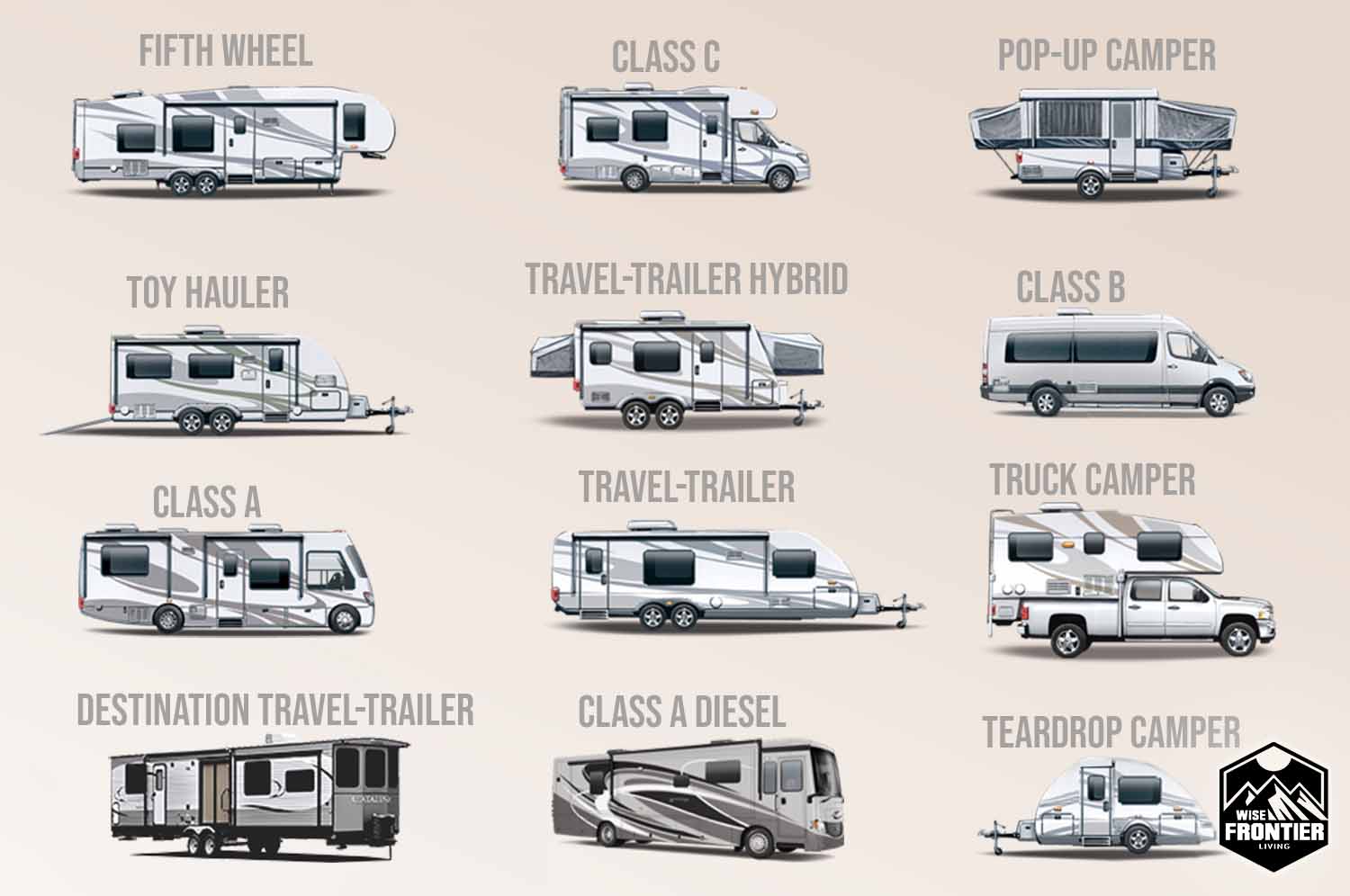
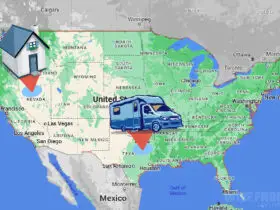
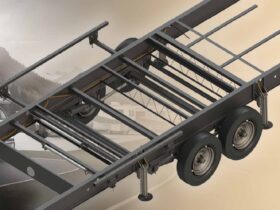
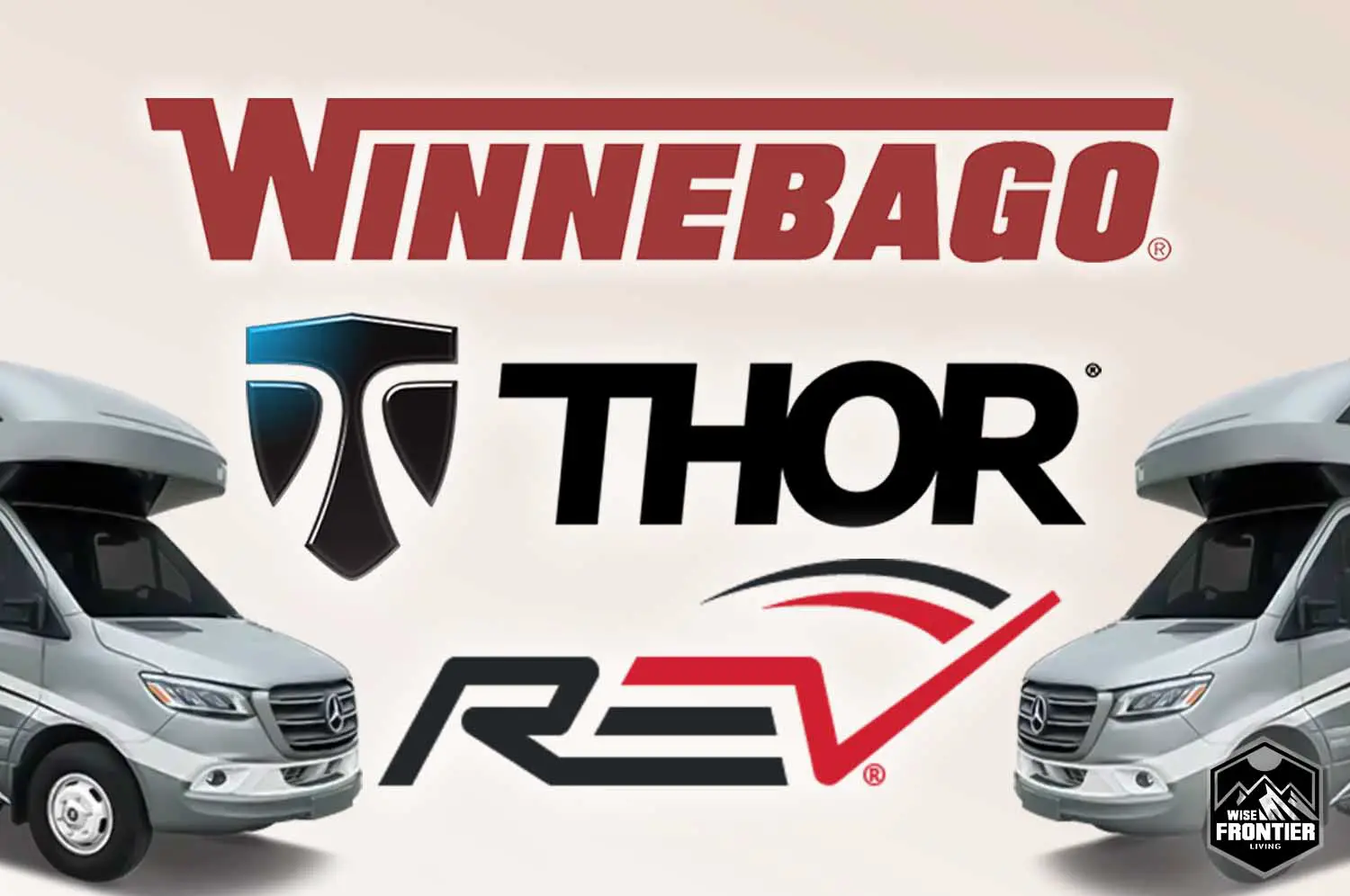
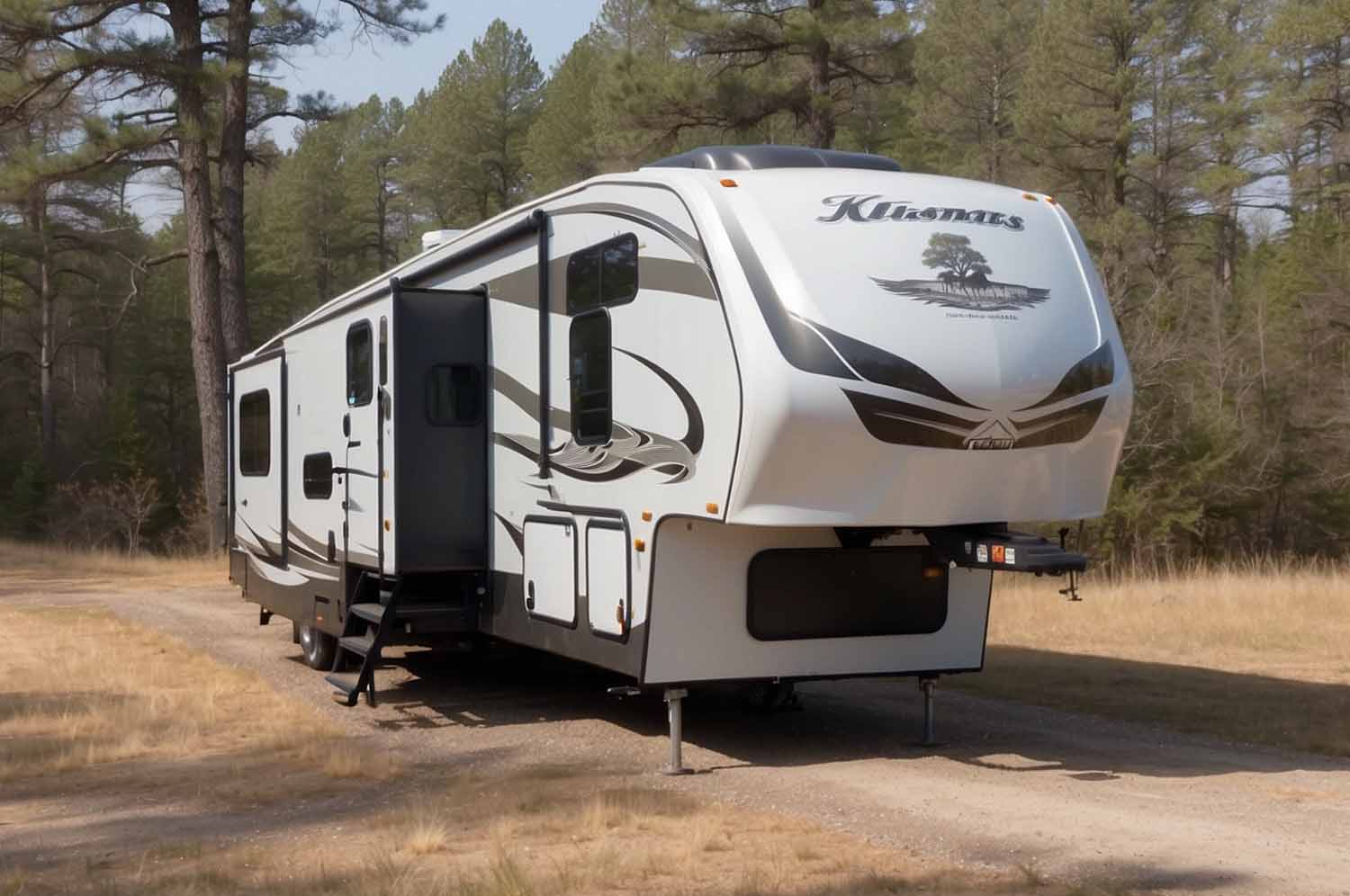
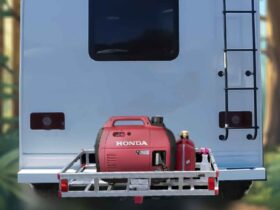

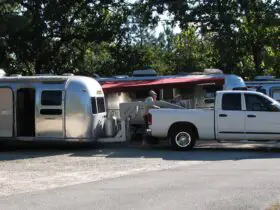
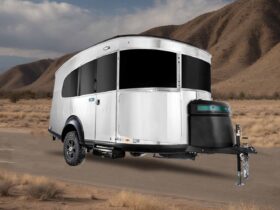
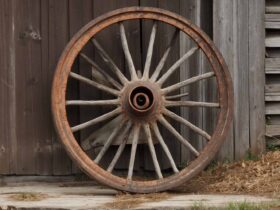

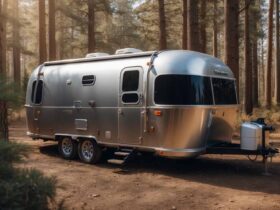
Leave a Reply